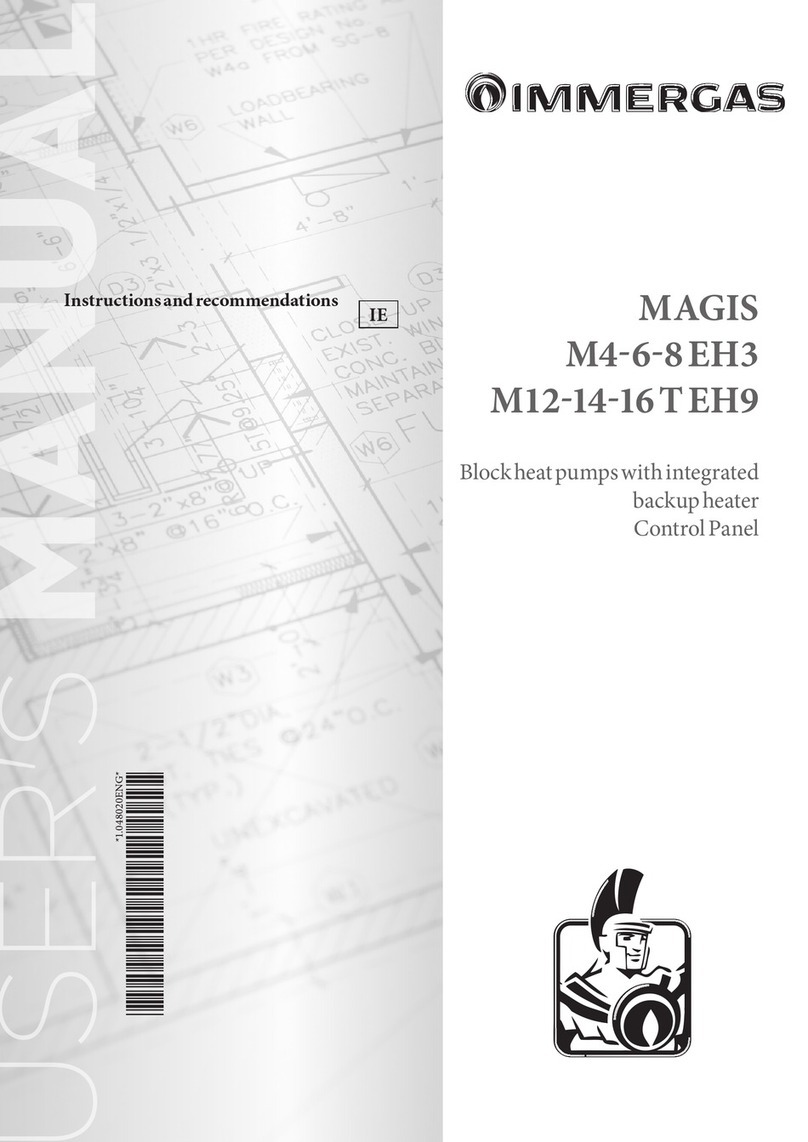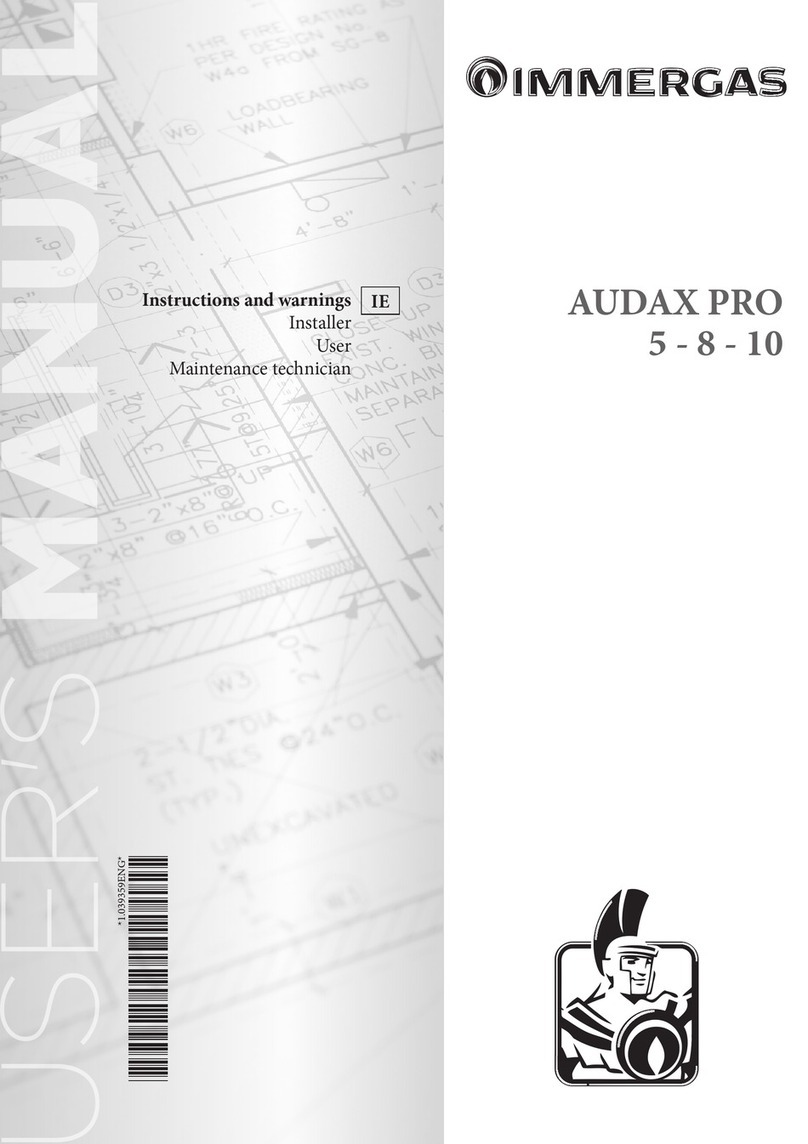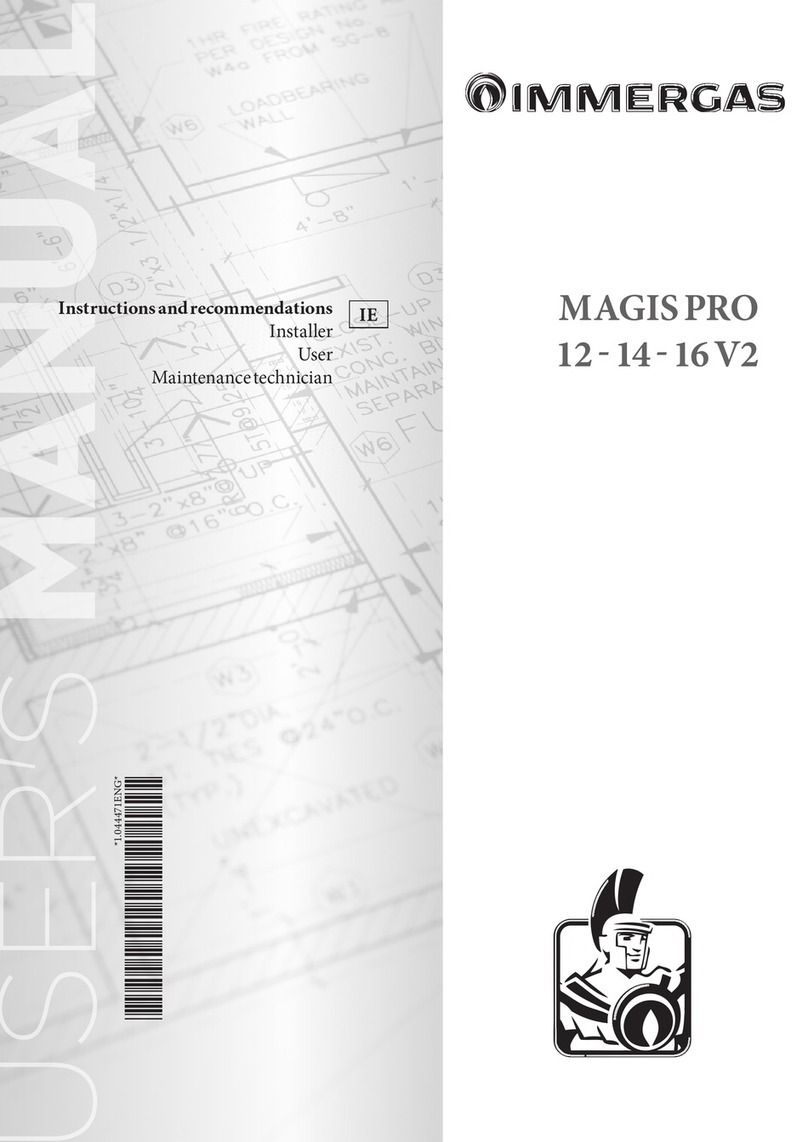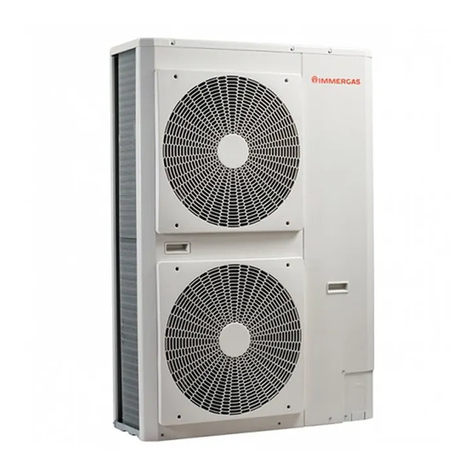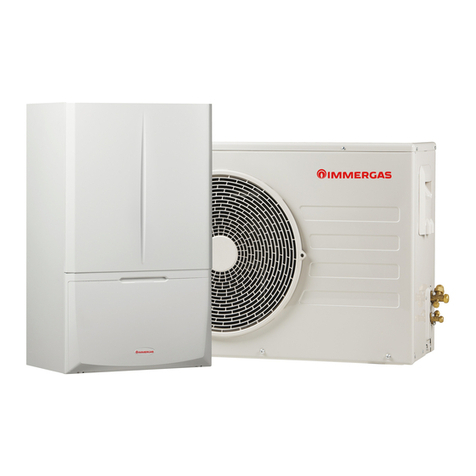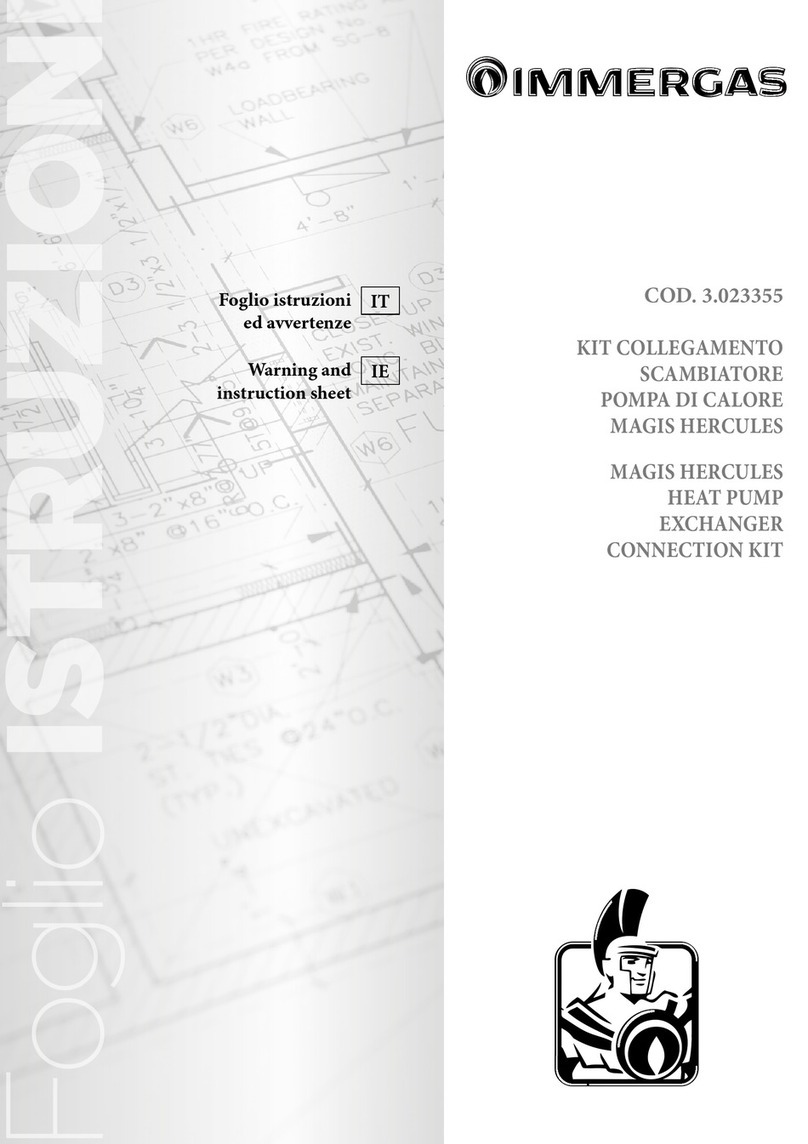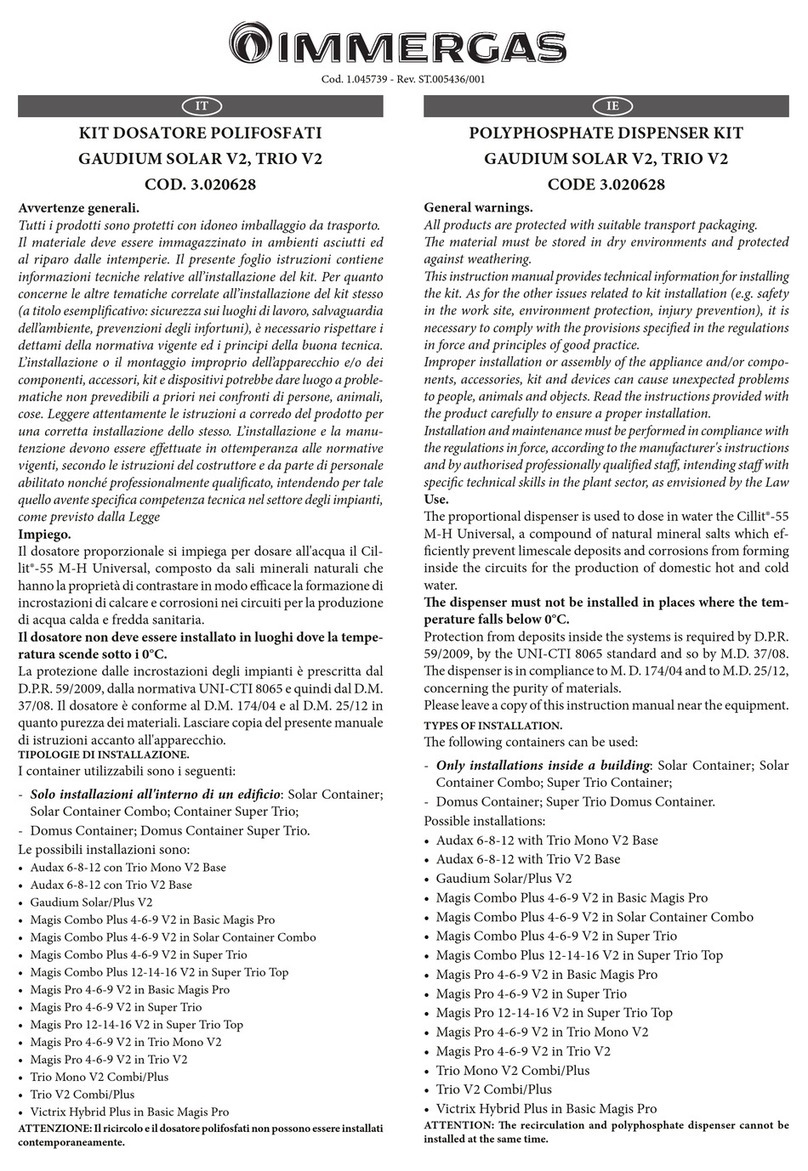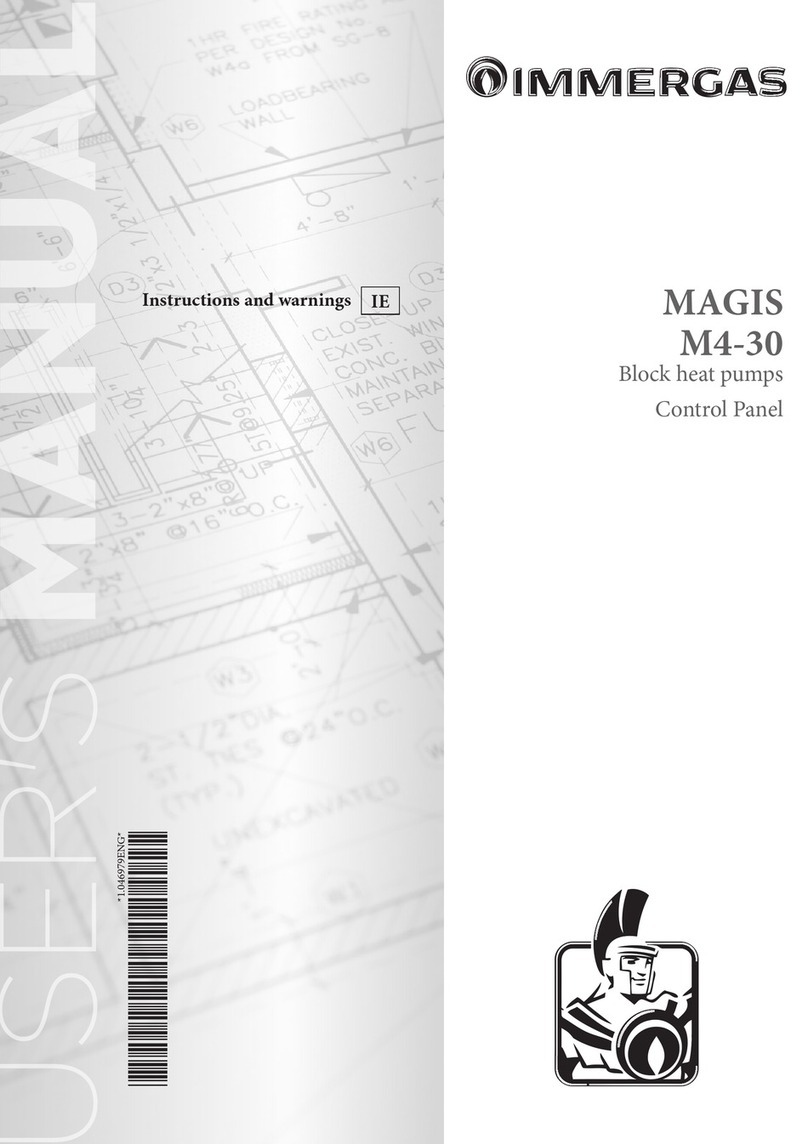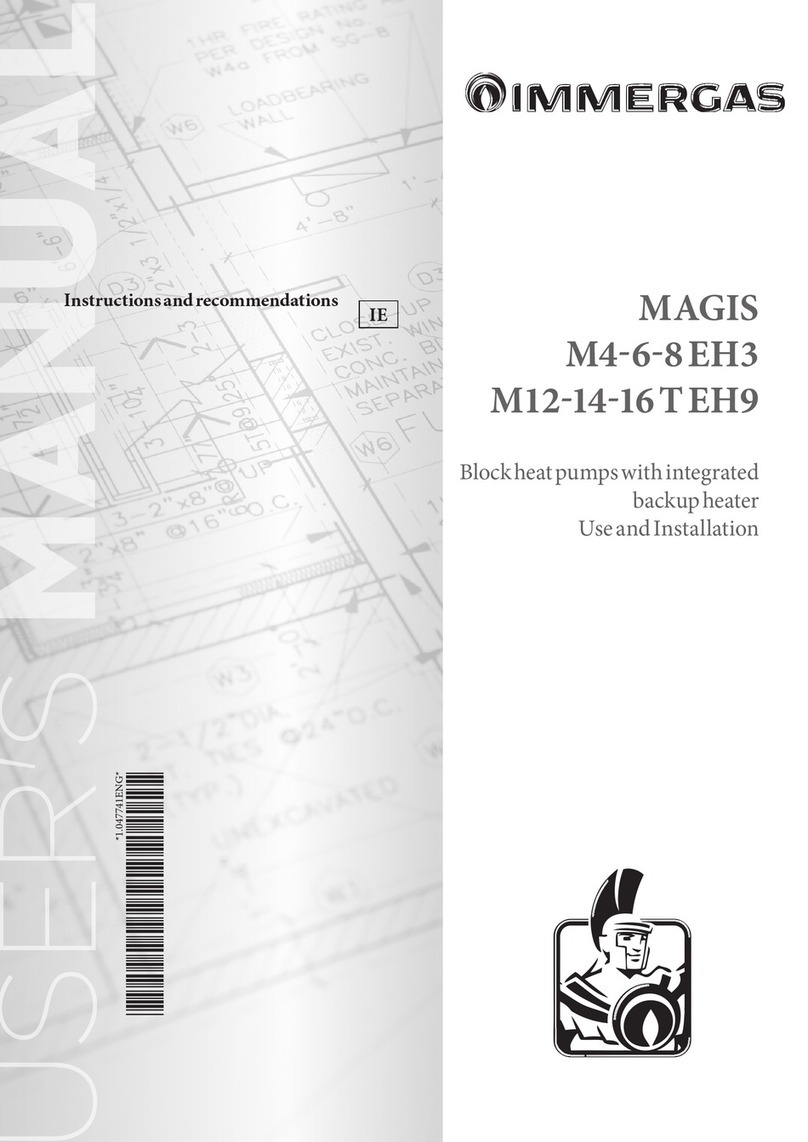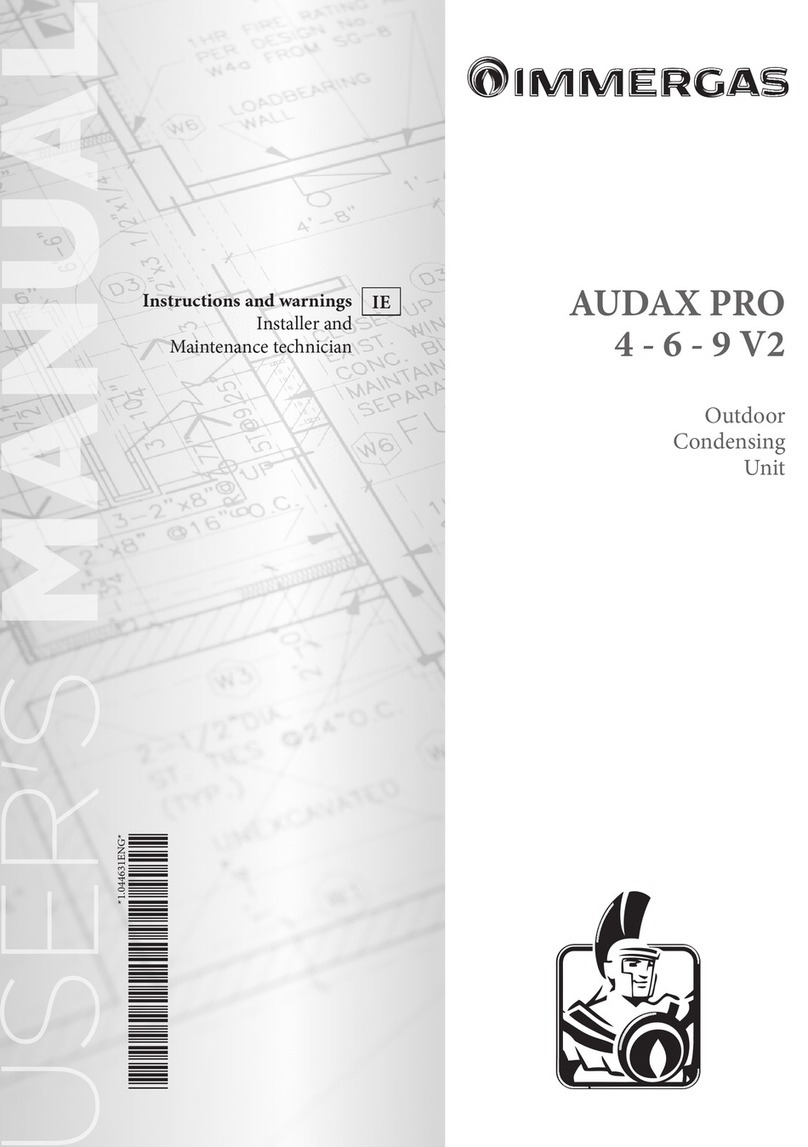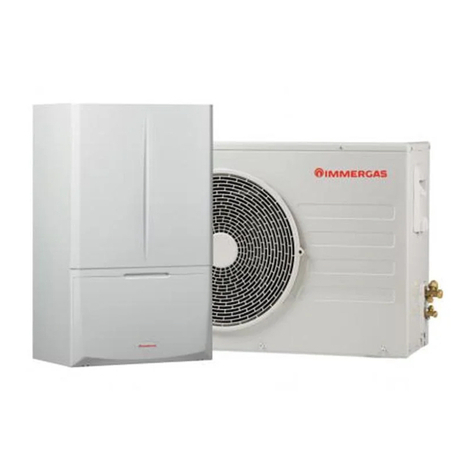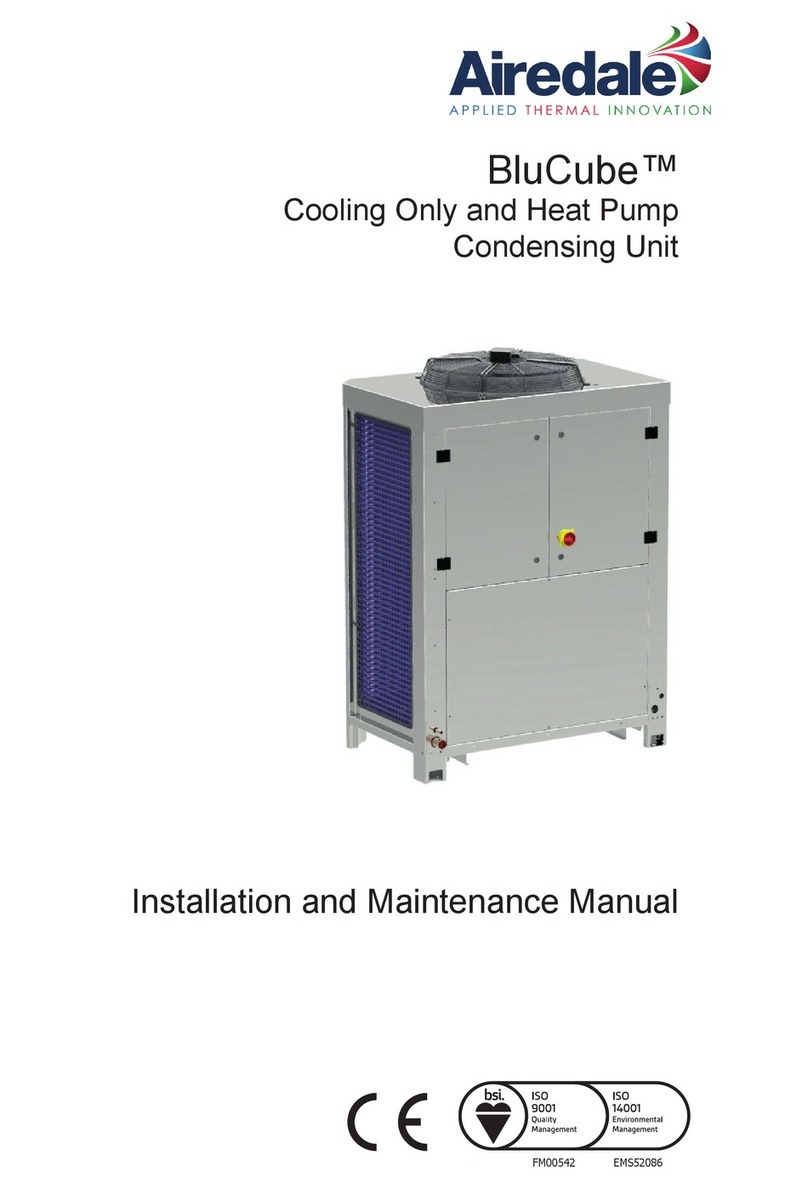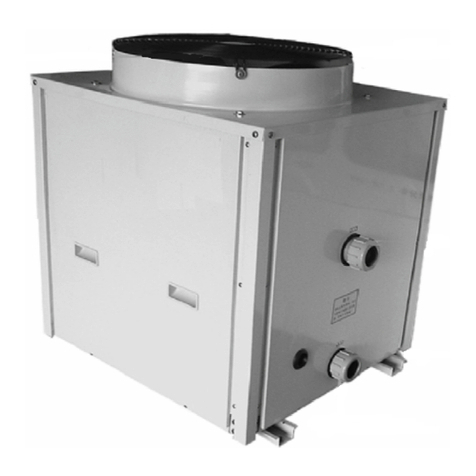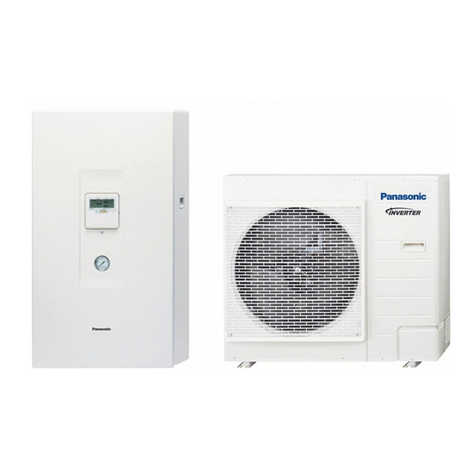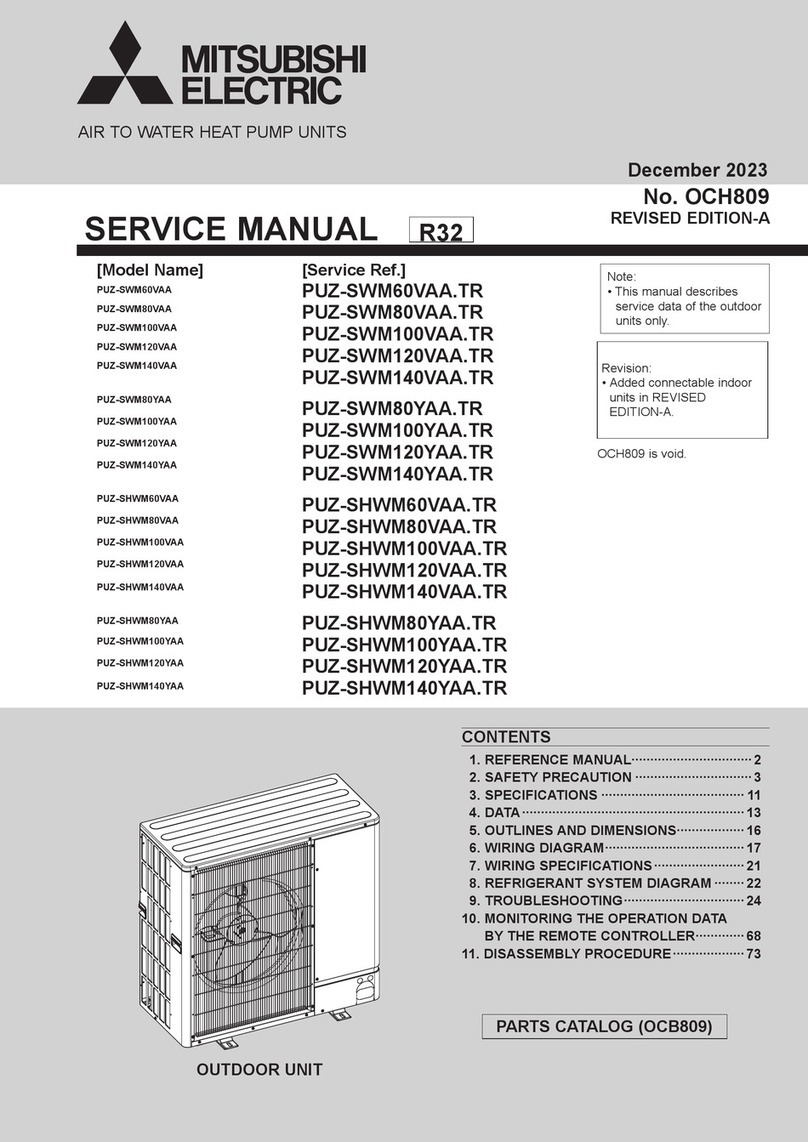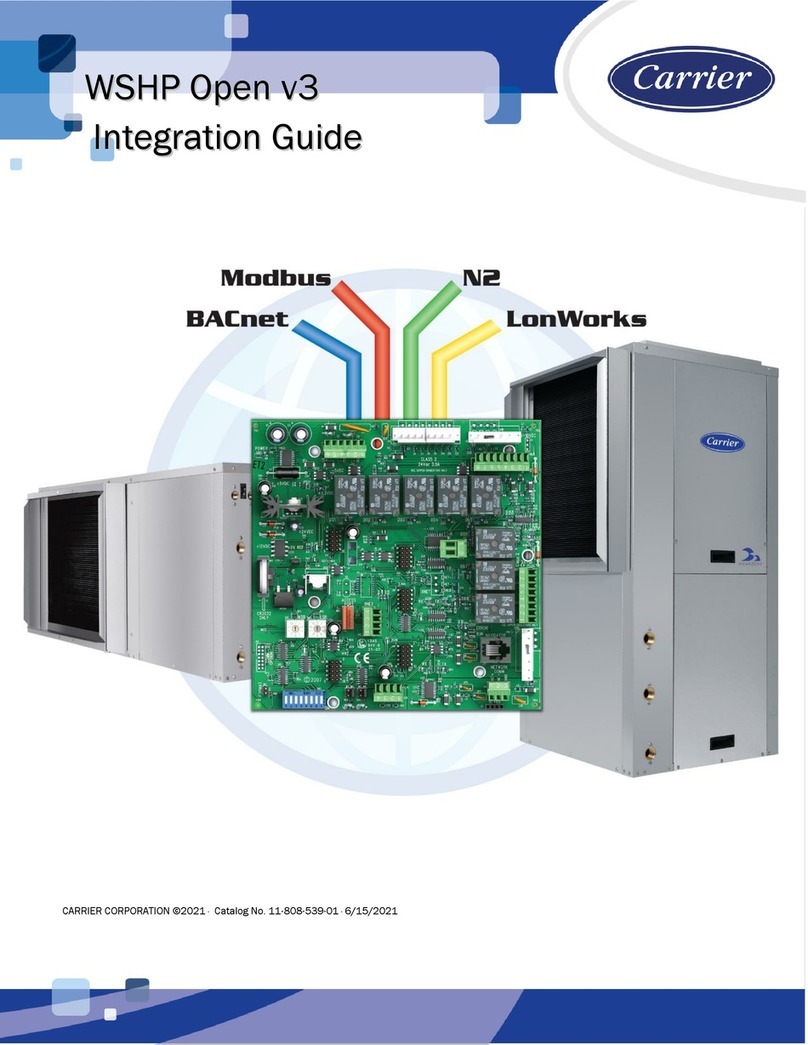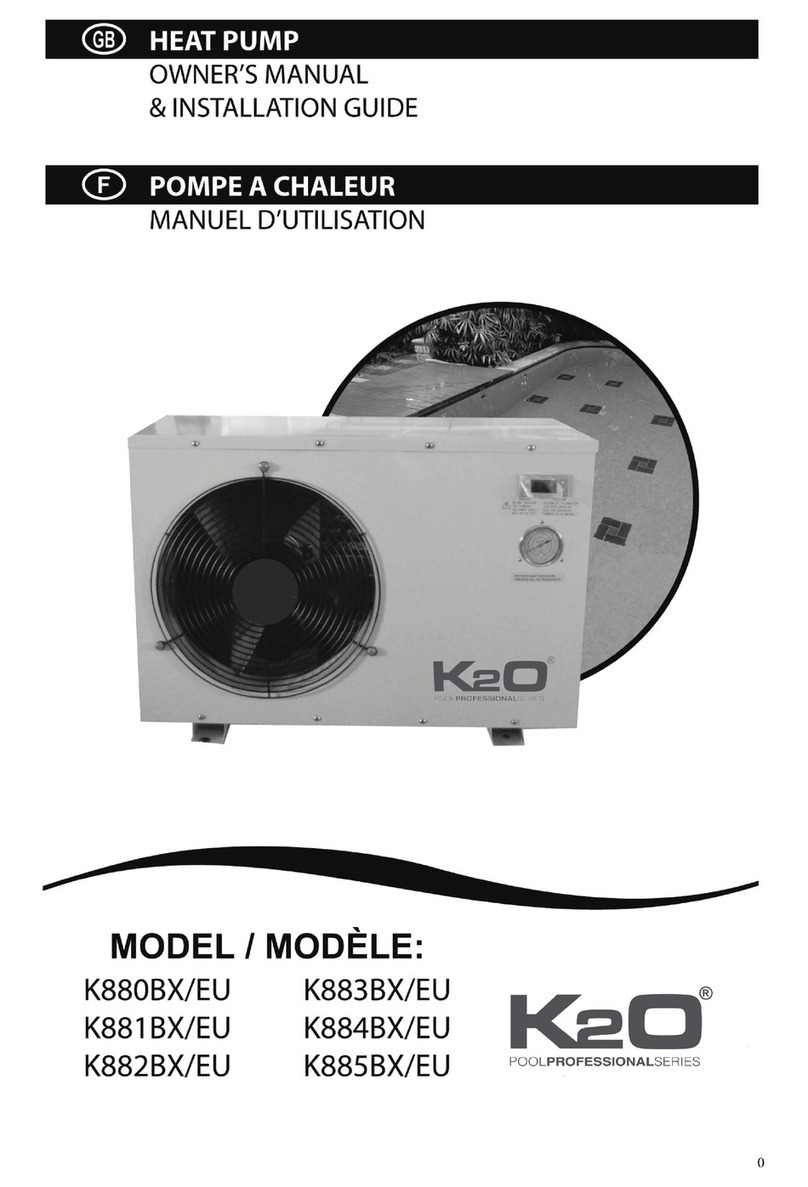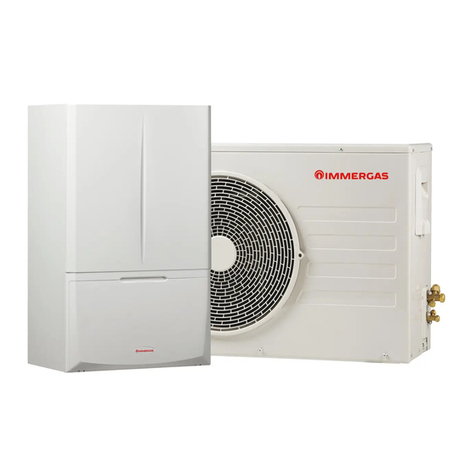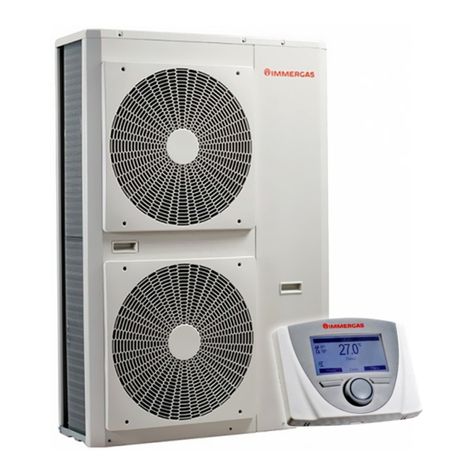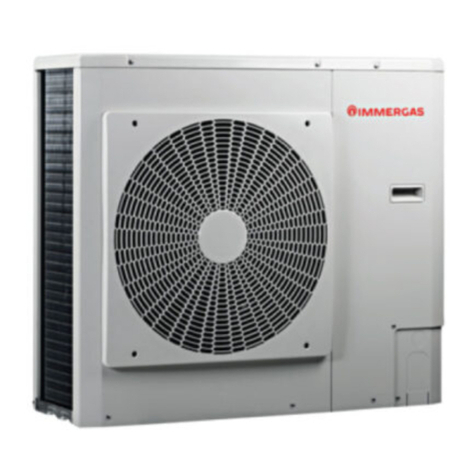
4
1
INSTALLERUSERMAINTENANCE TECHNICIAN
1INSTALLING THE INDOOR
UNIT
1.1 INSTALLATION
RECOMMENDATIONS.
e Magis Combo Plus indoor unit was designed
solely for wall mounted installation for heating
and air conditioning and to produce domestic
hot water for domestic use and similar purposes.
In order to operate properly, it must be paired
with an Audax Pro condensing unit; as such,
all the provisions regarding the safety and use
of both the indoor and outdoor units must be
respected.
e place of installation of the two units and
relative Immergas accessories must have suitable
features (technical and structural), such as to al-
low for (always in safe, ecient and comfortable
conditions):
- installation (according to the provisions of
technical legislation and technical regulations);
- maintenance operations (including scheduled,
periodic, routine, special);
- removal (to outdoors in the place for loading
and transporting the appliances and com-
ponents) as well as the eventual replacement
of those with appliances and/or equivalent
components.
e wall surface must be smooth, without any
protrusions or recesses enabling access to the
rear part. ey are not designed to be installed
on plinths or oors (Fig. 1).
By varying the type of installation the classi-
cation of the indoor unit also varies, precisely:
- Type B23 B53 if installed using the relevant
terminal for air intake directly from the room
in which the indoor unit has been installed.
- Type C if installed using concentric pipes or
other types of pipes envisioned for the sealed
chamber indoor units for intake of air and
expulsion of ue gas.
Only professionally enabled companies are
authorised to install Immergas gas appliances.
Installation must be carried out according to
regulation standards, current legislation and in
compliance with local technical regulations and
the required technical procedures.
Attention: the manufacturer declines all liability
in the event of damage caused by appliances
removed from other systems or for any non-con-
formities with such equipment.
Before installing the indoor unit, ensure that it is
delivered in perfect condition; if in doubt, contact
the supplier immediately. Packing materials (sta-
ples, nails, plastic bags, polystyrene foam, etc.)
constitute a hazard and must be kept out of the
reach of children.
If the appliance is installed inside or between
cabinets, ensure sucient space for normal ser-
vicing; therefore it is advisable to leave clearance
of at least 30 cm on the right and a clearance on
the le of at least 3 cm between the casing of the
indoor unit and the vertical sides of the cabinet.
Leave adequate space above the indoor unit for
possible water and ue removal connections.
Keep all ammable objects away from the ap-
pliance (paper, rags, plastic, polystyrene, etc.).
Do not put household appliances under the
indoor unit as they could be damaged if the
safety valve trips or if the hydraulic ttings leak.
Otherwise, the manufacturer cannot be held lia-
ble for any damage to the household appliances.
For the aforementioned reasons, we recommend
not placing furnishings, furniture, etc. under the
indoor unit.
In the event of malfunctions, faults or incorrect
operation, turn the appliance o immediately
and contact an authorised company (e.g. the
Authorised Technical Assistance centre, which
has specically trained sta and original spare
parts). Do not attempt to modify or repair the
appliance alone.
Failure to comply with the above implies personal
responsibility and invalidates the warranty.
• Installation Standards:
- this indoor unit can be installed outdoors in a
partially protected area. A partially protected
area is one in which the indoor unit is not
exposed to the direct action of the weather
(rain, snow, hail, etc..).
NOTE: this type of installation is only possible
when permitted by the laws in force in the
appliance's country of destination.
- Installation of gas appliances, ue exhaust
pipes and combustion air intake pipes is
forbidden in places with a re risk (for ex-
ample: garages, closed parking stalls), and
in potentially dangerous places.
- Installation is prohibited on the vertical
projection of the cooking surface.
- Installation is forbidden in places/rooms
that constitute public areas of apartment
buildings, internal stairways or other escape
routes (e.g. oor landings, entrance halls,
etc.).
- Installation is also forbidden in places/rooms
that constitute public areas of apartment
buildings such as cellars, entrance halls, attics,
los, etc., unless otherwise provided for by
local regulations in force.
Attention: wall mounting of the indoor unit
must guarantee stable and ecient support for
the generator.
e dowels (standard supplied with the unit) must
only be used to secure the unit to the wall; they can
only ensure sucient support if inserted properly
(according to the rules of good practice) on walls
built with solid or semi-hollow bricks. In the
case of walls made from hollow brick or block,
partitions with limited static properties, or in any
case walls other than those indicated, a static test
must be carried out to ensure adequate mount.
This product is used to heat water to below
boiling temperature in atmospheric pressure.
It must be connected to a central heating system
and domestic hot water circuit suited to its per-
formance and capacity.
Attention:e storage tank unit must also be
installed in an environment in which the tem-
perature cannot fall below 0°C.
"Anti-legionella" heat treatment of the Immergas
storage tank (activated by the specic function
present on the predisposed thermoregulatory
systems): during this stage, the temperature of
the water inside the storage tank exceeds 60°C
with a relative risk of burns. Keep this domestic
water treatment under control (and inform
the users) to prevent unforeseeable damage
to people, animals, things. If required install a
thermostatic valve on the domestic hot water
outlet to prevent scalding.
YES NO
